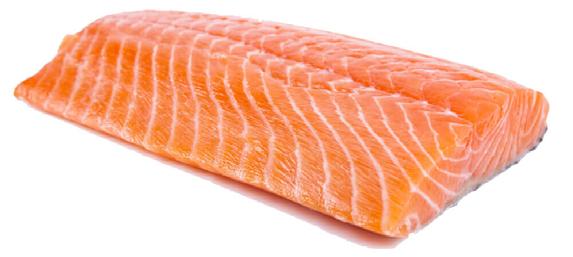
1 minute read
Fish commodities
by allmanhall
Salmon
What was once considered a luxury item, salmon is an increasingly popular fish species. With global consumption tripling since 1980 it now accounts for 4% of the total world seafood market. This increase in consumption is largely down to the growth of the salmon farming industry which now covers 70% of all salmon production.
Salmon farms typically reduce the number of fish they harvest during this time of year when the water is cooler and the fish feed less. Colder than average water temperatures in H1 2023 have reduced harvested volumes further and driven prices up.
High demand coupled with the various supply chain issues are causing prices to rise rapidly and are currently at the same record highs seen in April 2022, 65% higher than the 5-year average.
Prices are likely to remain high for the foreseeable future as the government in Norway, where over 50% of the global farmed salmon market originates, is looking to impose a tax on salmon exports. This tax looks likely to be set at 35% on top of corporation tax which will inevitably mean prices remain higher.
Cod
As we move into spring, cod will start to spawn and move into deeper, colder waters. This makes it harder for fishers to locate and catch so the rate of fishing slows at this time of year, reducing availability. Bad weather in Norway and Russia, two key producers, is likely to cause inconsistent supply issues as this has limited trawler activities further and affected flights exporting products.
Annual cod availability has fallen by 45% due to a 20% reduction in quotas to protect from overfishing and inclement weather conditions. Sanctions on Russian fish, which comprises 40% of the global market have led to increases to Norwegian cod of 18%.
Demand for traditional alternatives such as haddock and pollock have increased due to the low availability of cod. This is happening at a time when both species are spawning, which makes them harder for fishermen to locate, hence increasing market prices.
Suitable alternatives include coley and hake. Coley does not present the same spawning issues, so supply should be more consistent. Hake will become more readily available as we move into the summer months, as this is caught using gill nets which cannot be used during periods of strong tidal flows in spring.










